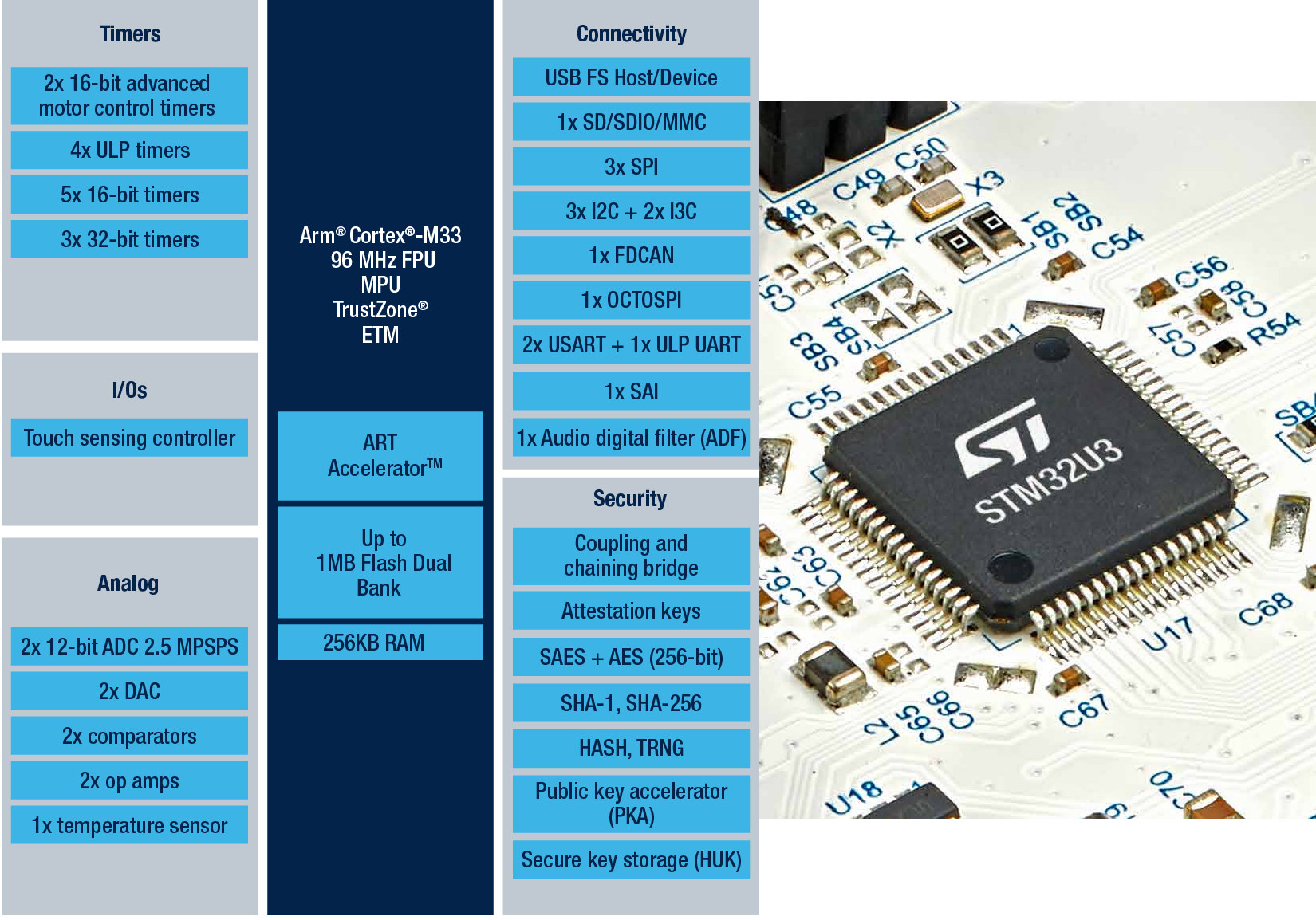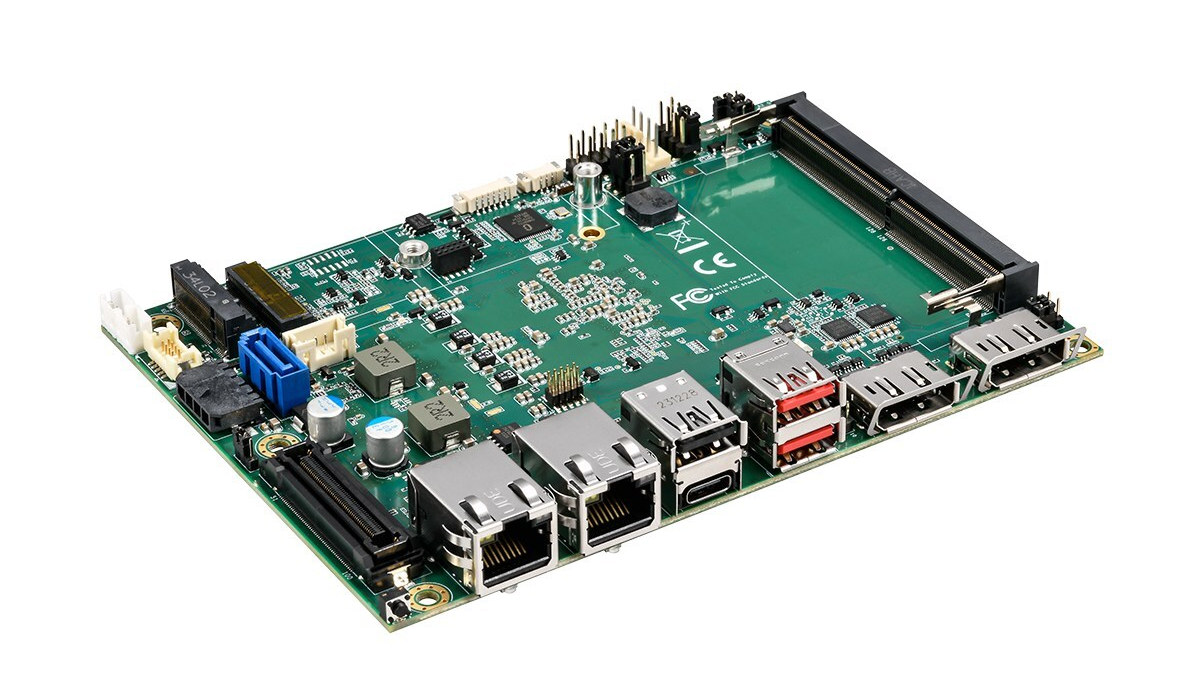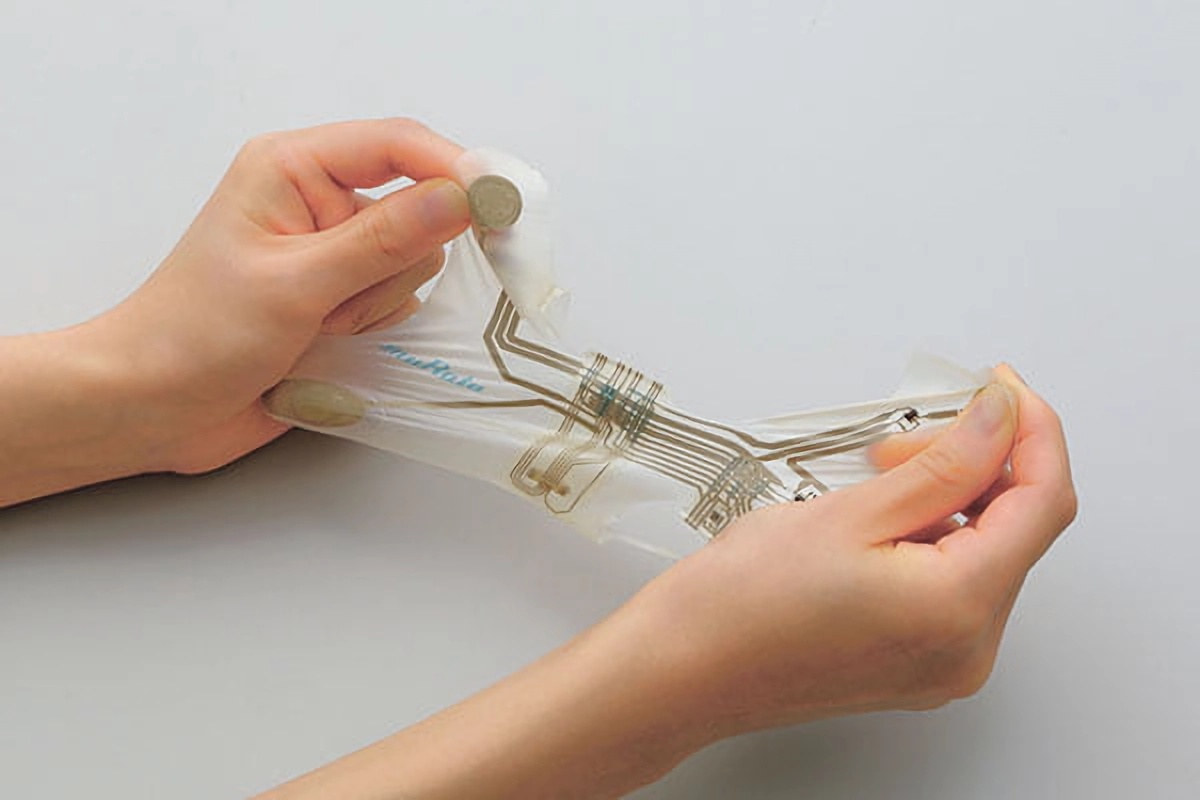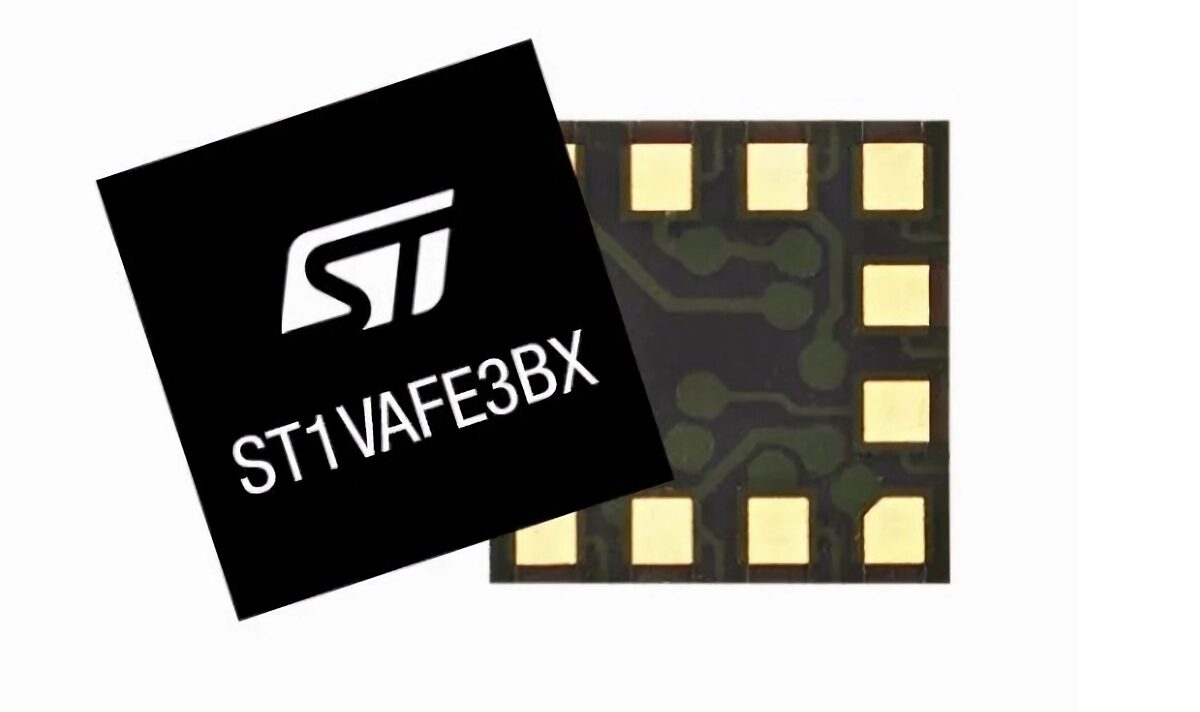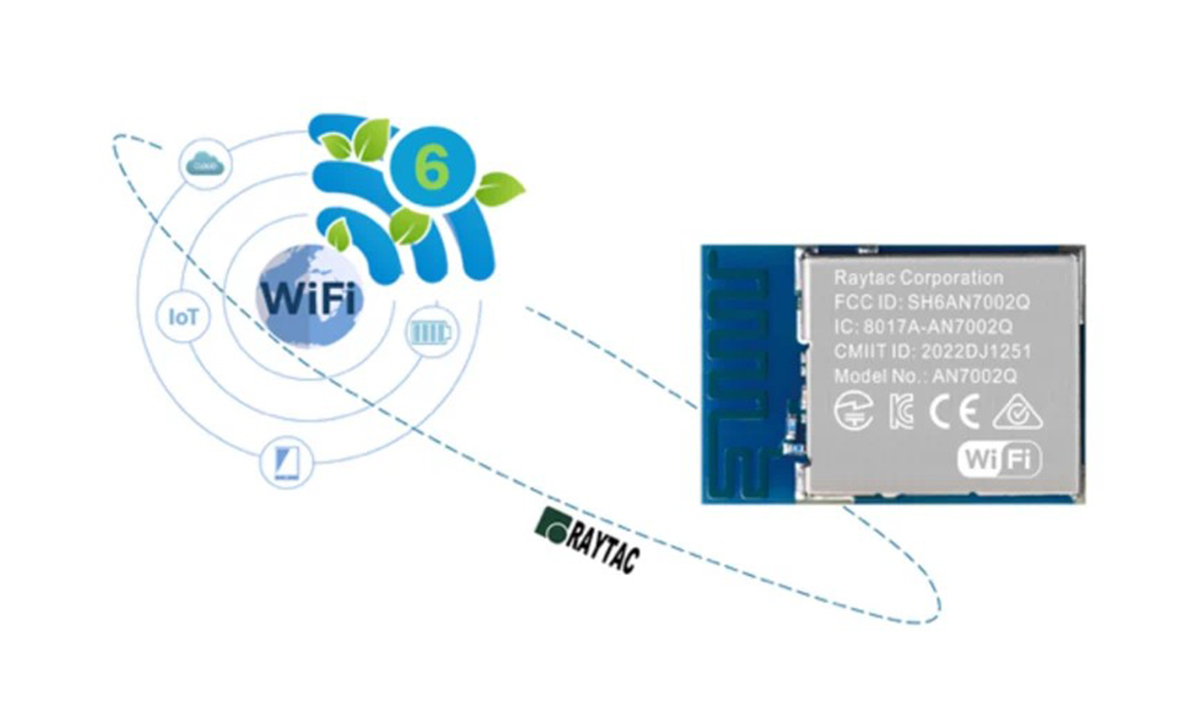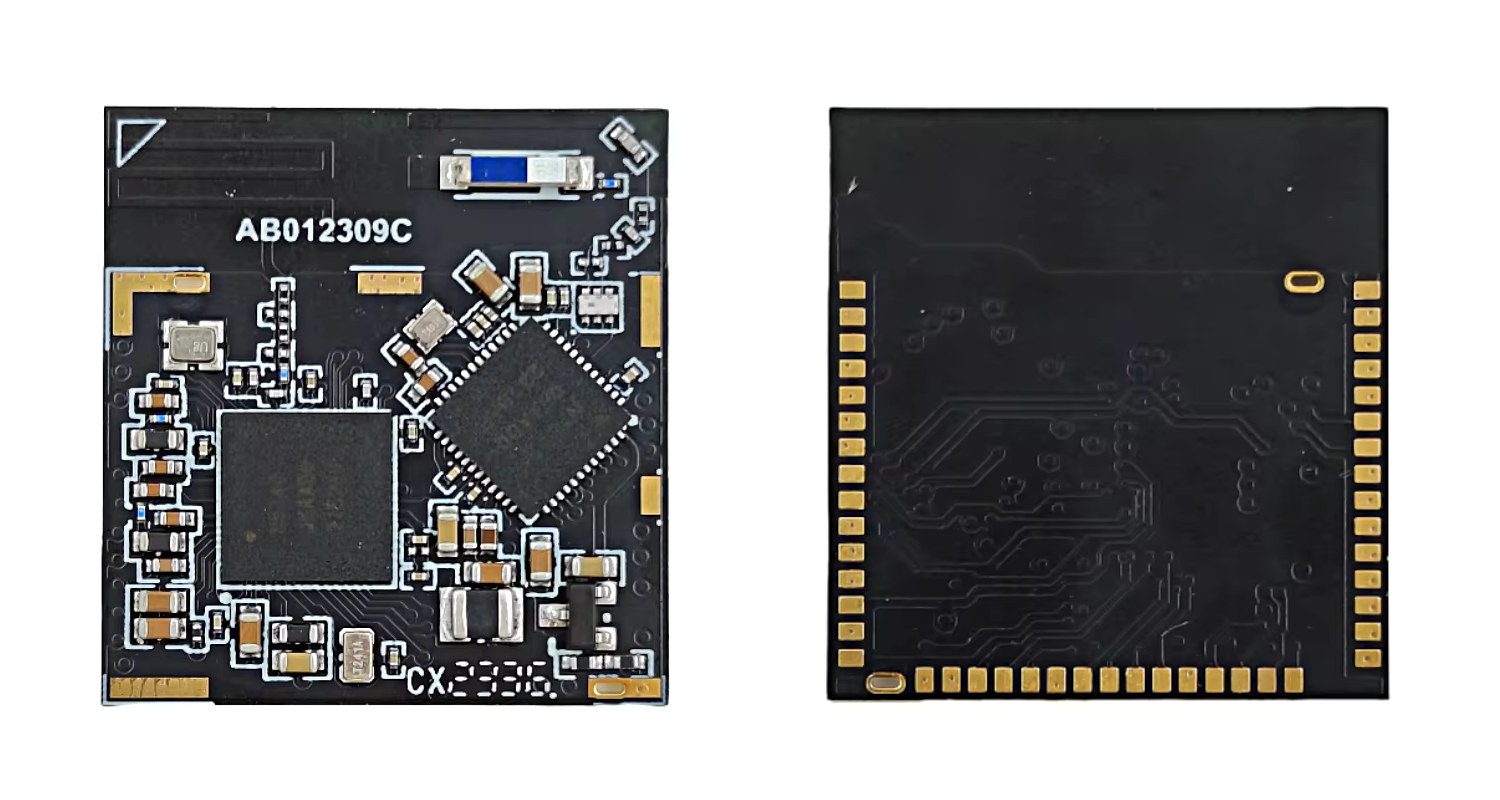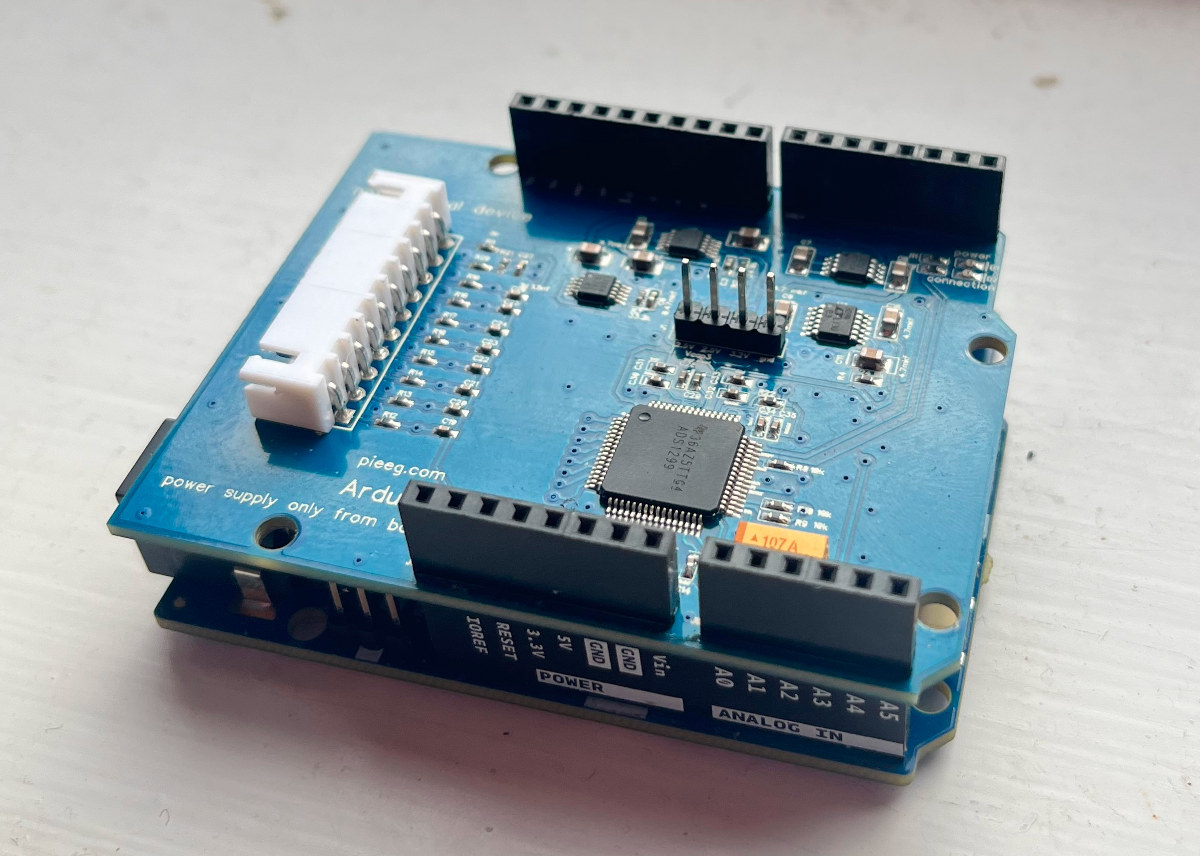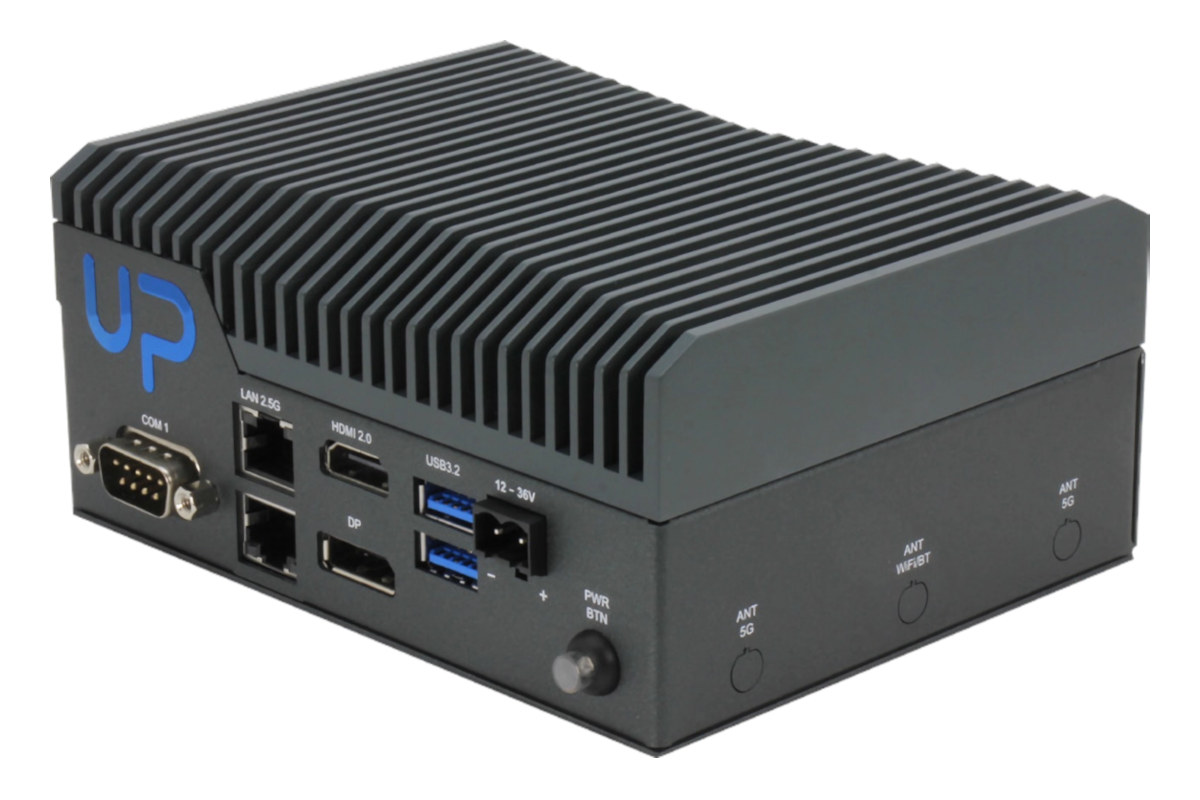STMicro STM32U3 is a new family of Arm Cortex-M33 microcontrollers clocked at up to 96 MHz with ultra-low-power consumption designed for utility meters, healthcare devices such as glucose meters and insulin pumps, and industrial sensors. The company says the STM32U3 MCU family is a “market leader in terms of efficiency” with 117 Coremark/mW in active mode, and consumes 1.6µA in stop mode. The Coremark/mW score means the STM32U3 offers almost twice the efficiency of the STM32U5 series, and five times that of the STM32L4 series. Other highlights include up to 1MB of dual-bank flash, 256kB of SRAM, and various interfaces like MIPI I3C, SAI audio, 12-bit ADC, etc… STMicro STM32U3 key features and specifications: MCU Core 32-bit Arm Cortex-M33 CPU @ 96 MHz with TrustZone and FPU Performance 1.5 DMIPS/MHz (Dhrystone 2.1) 387 CoreMark (4.09 CoreMark/MHz) 500 ULPMark-CP 117 ULPMark-CM 202000 SecureMark-TLS ART Accelerator with DSP instructions Memory/Storage 256 KB […]
Kontron 3.5″-SBC-AML/ADN 3.5-inch Amston Lake/Alder Lake-N single board computer offers three DisplayPort video outputs
Kontron 3.5″-SBC-AML/ADN is a 3.5-inch single board computer powered by either Intel Amston Lake (Industrial grade) or Alder Lake-N (commercial grade) processor and designed for applications such as automation, healthcare, smart city, and smart retail. It builds upon the smaller Kontron 2.5”-SBC-AML/ADN Pico-ITX SBC with many of the same features, but replaces eMMC flash storage with an M.2 SATA/NVMe socket and a SATA connector, features DDR5 SO-DIMM memory instead of soldered-on LPDDR5, and the larger PCB size allows it to gain an extra DisplayPort connector, a USB 2.0 Type-A port, additional serial ports, and a board-to-board (B2B) connector for expansion. It also supports a wider 9 to 36V DC range. Kontron 3.5″-SBC-AML/ADN specifications: SoC Standard Intel Atom x7211RE dual-core processor up to 3.2GHz with 6MB cache, 16EU Intel UHD graphics; TDP: 6W Intel Atom x7433RE quad-core processor up to 3.4GHz with 6MB cache, 32EU Intel UHD graphics; TDP: 9W Intel […]
Murata unveils stretchable PCB technology for medical and bio-sensing applications
Many PCB vendors now provide flexible PCB manufacturing services, but Murata goes further with stretchable PCB technology that’s not only bendable but can be twisted and stretched to better fit on the body for bio-sensing and medical applications even on parts such as an elbow. Traditional bio-monitoring sensors have some limitations. For example, they can become unstuck when the body moves, damage the delicate skin of infants and the elderly, data may be distorted due to body movement, and Murata explains “there is a risk of a decline in insulation and the occurrence of ion migration when using a thermoplastic polyurethane elastomer (TPU), known as a stretchable base material, in a high humidity environment”. The company’s stretchable printed circuits ((SPC) are supposed to solve or at least mitigate all those issues. The technology is under development, but Murata still shared some highlights of the technology: Stretchable electrode printing in compliance […]
STMicro’s low-power ST1VAFE3BX AI biosensor integrates biopotential signal monitoring and motion tracking
STMicroelectronics (STMicro) has announced the ST1VAFE3BX biosensor, a highly integrated chip that combines “cardio and neurological sensing with motion tracking and embedded AI functionalities,” and is targeted at healthcare and fitness wearables. The ST1VAFE3BX biosensor chip integrates biopotential inputs with an accelerometer and a machine learning core for reduced power consumption. It features a complete vertical analog front end (vAFE) for simplified detection of vital signs in electrocardiography, electroencephalography, and other healthcare monitoring applications. Inertial sensing by the accelerometer is synchronized with biopotential sensing “to infer any link between measured signals and physical activity.” The integrated machine-learning core (MLC) and finite state machine (FSM) allow for ultra-low-power and accurate biopotential input recognition at a degree of responsiveness that is reportedly faster than the current industry standard. The ST1VAFE3BX is aimed at applications in healthcare and fitness wearables such as smartwatches, smart patches, sports bands, connected rings, and smart glasses. It […]
Raytac AN7002Q – A smaller nRF7002 Wi-Fi 6 module for industrial IoT applications
IoT solutions company Raytac has introduced the AN7002Q Wi-Fi 6 module series, which integrates Nordic Semiconductor’s nRF7002 chipset and is designed for Industrial IoT, smart home, healthcare, consumer electronics, and automotive applications. They can be paired with Raytac’s MDBT53 Bluetooth LE modules based on the nRF5340 multiprotocol SoC, supporting Wi-Fi and Bluetooth LE solutions. The AN7002Q is a low-power Wi-Fi 6 module supporting dual-band 2.4 GHz and 5 GHz operation with a maximum PHY data rate of 86 Mbps (MCS7). It is compatible with IEEE 802.11ax, a/b/g/n/ac standards, and connects to a host SoC or MCU via SPI or QSPI interfaces. The module also supports coexistence with Bluetooth LE, Thread, and Zigbee systems, making it ideal for IoT applications. Previously, we covered the Abluetech PTR7002, a low-power wireless module based on the Nordic Semiconductor nRF7002. The PTR7002 has a slightly larger size and offers more GPIO options, while the AN7002Q […]
Abluetech PTR7002 WiFi 6 and PTR5302 WiFi 6 and BLE 5.4 modules feature Nordic Semi nRF7002/nRF5340 wireless chips
Shenzhen-based Abluetech has launched two low-power wireless modules based on Nordic Semi nRF7002 and nRF5340 wireless chips. The PTR7002 is a dual-band WiFi 6 module based on the nRF7002 chip, and the PTR5302 module combines the nRF7002 with the nRF5340 wireless microcontroller to offer dual-band WiFi 6 and Bluetooth LE 5.4 connectivity Abluetech PTR7002 dual-band WiFi 6 module with nRF7002 PTR7002 specifications: Chipset – Nordic Semi nRF7002 Wireless Dual-band Wi-Fi 6 Tx power – Up to +21dBm Rx sensitivity – -96.5dBm @ 2.4GHz / -90.5dBm @ 5GHz PHY bandwidth – Up to 86 Mbps (MCS7) 1SISO; 20MHz bandwidth Modes – Station, Wi-Fi Direct, Soft AP (Wi-Fi 4 operation only), simultaneous Station +Soft AP/Wi-Fi Direct/Station modes. 2.4GHz and 5GHz dual-band PCB antenna Range – Up to 300 meters Host interface – SPI / QSPI; AT command set Supply Voltage – 2.9 to 4.5V Power Consumption (@ 3.6V TBC) Tx peak current […]
ardEEG shield works with Arduino UNO R4 WiFi for biosignals measurement
PiEEG has launched the ardEEG shield specially designed for the Arduino UNO R4 WiFi and capable of measuring biosignals such as those used in electroencephalography (EEG), electromyography (EMG), and electrocardiography (ECG). PiEEG, led by Ildar Rakhmatulin, Research Associate at Heriot-Watt University in Edinburgh, launched the PiEEG shield for Raspberry Pi to enable brain-computer interfaces last year, and now the company has been working on the equivalent design for Arduino with the ardEEG shield equipped with eight channel taking input from wet or dry electrodes. ardEEG shield key features and specifications ADC – Texas Instruments ADS1299 Analog-to-Digital Converter for biopotential measurements Supported board – Arduino UNO R4 WiFi 8 channels for connecting wet or dry electrodes (Electrodes are positioned according to the International 10-20 system) Host interface – Arduino headers with SPI used for data transfer with a frequency from 250 SPS to 16 kSPS and a resolution of 24 bits […]
UP Squared Pro 710H Edge mini PC combines Processor N97 or Core i3-N305 CPU with 26 TOPS Hailo-8 AI accelerator
AAEON UP Squared Pro 710H Edge is a mini PC with an onboard Hailo-8 edge 26 TOPS AI accelerator and an Intel Processor N97 or Core i3-N305 Alder Lake-N CPU designed for edge AI applications. The fanless Edge AI mini PC comes up to 16GB LPDDR5 soldered-on RAM, up to 128GB eMMC flash, and offers dual 4K video output through HDMI and DisplayPort connector, dual 2.5GbE, optional WiFi and cellular connectivity, two USB 3.2 ports, an RS232/RS422/RS485 COM port, a 40-pin female GPIO header, and a wide 12 to 36V DC input. UP Squared Pro 710H Edge specifications: Alder Lake N-series SoC (one or the other) Intel Processor N97 quad-core processor up to 3.6 GHz with 6MB cache, 24EU Intel UHD Graphics Gen 12 @ 1.2 GHz; TDP: 12W Intel Core i3-N305 octa-core processor up to 3.8 GHz with 6MB cache, 32EU Intel UHD Graphics Gen 12 @ 1.25 GHz; […]


